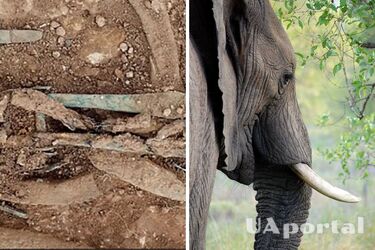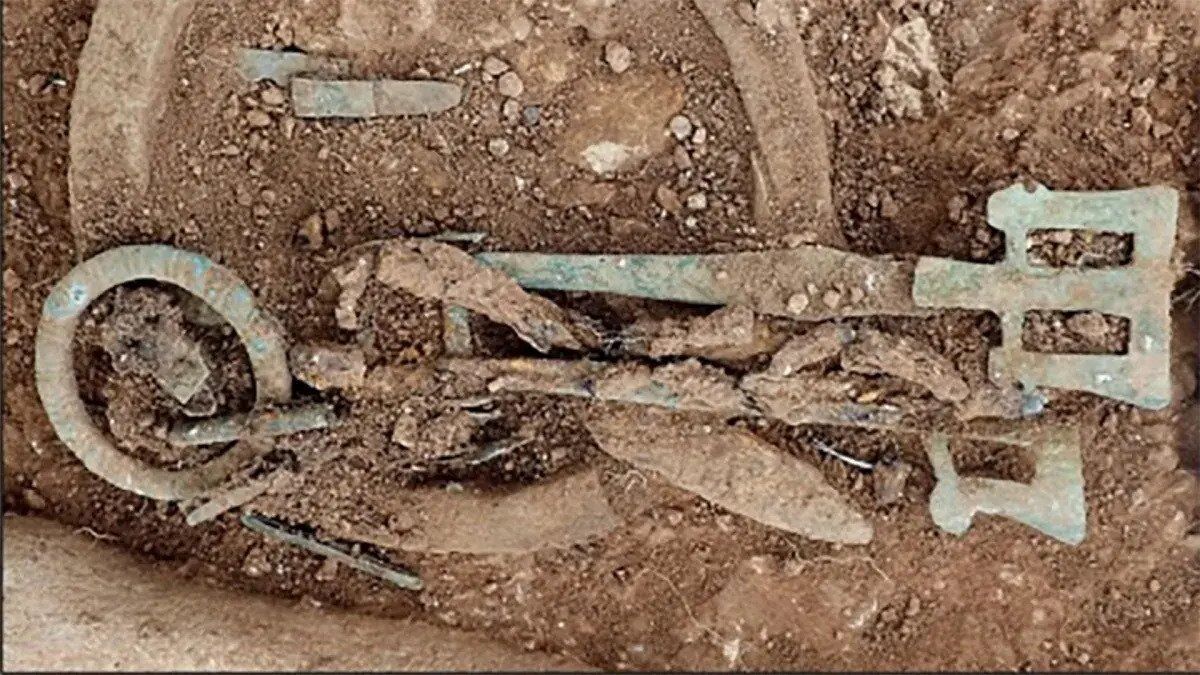Rings in Anglo-Saxon burials are made of African elephant bone: scientists

An elite class of ancient Anglo-Saxon women was buried with hundreds of ivory rings. Scientists have determined that the rings were originally made from the bone of African elephants that were about 4000 miles away.
In a new study published in the Journal of Archaeological Science: Reports, the researchers were able to use biomolecular analysis to trace the origin of hundreds of ivory bags found in dozens of ancient burials of Anglo-Saxon women. For a long time, it was believed to be mammoth or walrus bone.
It turned out that the ivory used for the rings came from elephants that lived in the area of young volcanic rocks in Africa at some point during the 5th and 6th centuries AD.
Read also: More than 220 new terracotta warrior statues buried in 210 BC discovered in China
"This preliminary evidence allows us to consider the networks and socio-economic factors that contributed to the spread of ivory from Africa to the British Isles at that time," the researchers noted.
Most of the rings were found near the hip, and it is believed that the bags were suspended from the waist along with other items such as iron knives, pairs of copper alloy hangers, and iron "latches." The new findings shed light on the extensive trading network in the early Middle Ages after the fall of the Western Roman Empire.

As a reminder, we have already written why Cleopatra killed all the men she spent the night with.
If you want to get the latest news about the war and events in Ukraine, subscribe to our Telegram channel!
